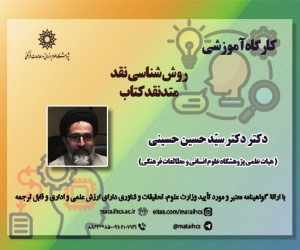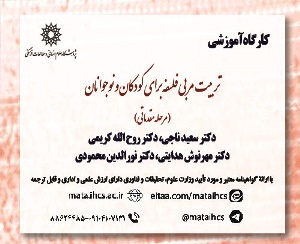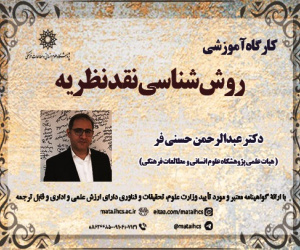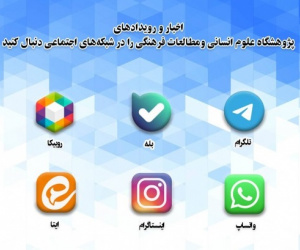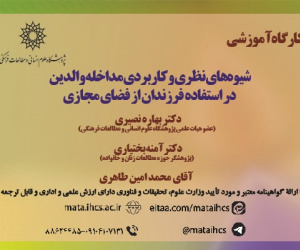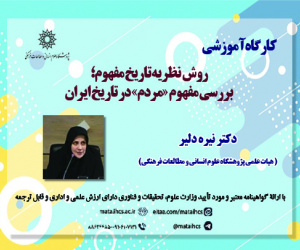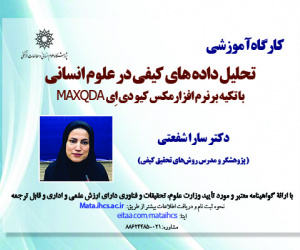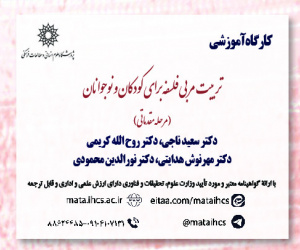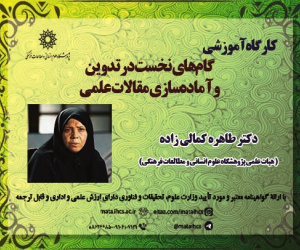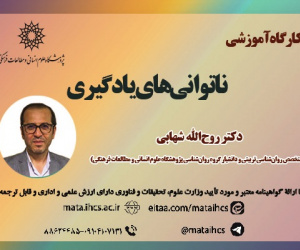واکاوی مؤلفه های معنایی در ماده ثلاثی «ولی» با رویکرد ریشه شناسی در زبان های سامی (مقاله علمی وزارت علوم)
درجه علمی: نشریه علمی (وزارت علوم)
آرشیو
چکیده
ماده ثلاثی «ولی» یکی از پرکاربردترین ماده های لغوی به کار رفته در قرآن کریم است. از این ماده ساخت های متنوع اسمی و فعلی پدید آمده و برخی از واژگان و مفاهیم ساخت یافته از آن چون «ولیّ»، در ادبیات قرآنی محل مناقشات فراوانی شده است. یکی از دلائل این مسئله آن است که گرچه لغت شناسان و مفسران مسلمان برای این ماده مؤلفه های معنایی گوناگونی برشمرده اند، اما از دستیابی به معنای محوری در این ریشه بازمانده و نتوانسته اند میان تمام معانی این ماده ارتباط برقرار نمایند. در این پژوهش با کاربست روش ریشه شناسی و معناشناسی تاریخی تلاش شده تا ضمن بررسی نظائر ماده ولی در زبان های سامی، منشأ کهن آفروآسیایی آن شناسایی و سیر تحول لفظی و معنایی این ماده از ابتدا تا کنون مشخص گردد. نتیجه پژوهش حاضر نشان می دهد، واژه مورد نظر در بُن ثنایی «لَی» ریشه دارد که در زبان های سامی به صورت «لوی» و در عربی نیز با صورت «ولی» ادامه حیات داده است. این ریشه در زبان عربی به معنای «با علاقه و محبت همراهی کردن» است که در آن تکیه اصلی معنایی بر همراهی و متابعت بوده و دوستی به عنوان مؤلفه معنایی ثانوی به آن افزوده شده است. توجه به مؤلفه های معنایی مذکور که در کاربردهای گوناگون ریشه ولی در سطوح گوناگون روابط خانوادگی، اجتماعی، سیاسی و روابط انسان و خداوند در قرآن کریم قابل پی جویی است، کلید حل بسیاری از مناقشات علمی پیرامون ماده مورد نظر است.Examining the semantic elements within the triconsonantal root "WLY" through an etymological method in Semitic languages
The triliteral root "Wali" is one of the most frequently used lexical roots in the Holy Quran. Various nominal and verbal structures have been derived from this root, and some of the words and concepts formed from it, such as "Wali," have been the subject of much debate in Quranic literature. One reason for this is that although Muslim lexicographers and exegetes have enumerated various semantic components for this root, they have been unable to identify a core meaning and establish a connection among all the meanings of this root. This research, using etymological and historical semantic methods, attempts to examine the equivalents of the root "Wali" in Semitic languages, identify its ancient Afro-Asiatic origin, and trace the lexical and semantic evolution of this root from its inception to the present. The results of this study show that the word in question originates from the biconsonantal root "L-Y," which appears as "L-W-Y" in Semitic languages and continues as "Wali" in Arabic. This root in Arabic means "to accompany with affection and love," where the primary semantic emphasis is on companionship and following, with friendship added as a secondary semantic component. Attention to these semantic components, which can be traced in various uses of the root "Wali" in different levels of familial, social, political, and Human-God relationships in the Quran, is key to resolve many scholarly disputes surrounding this root.

